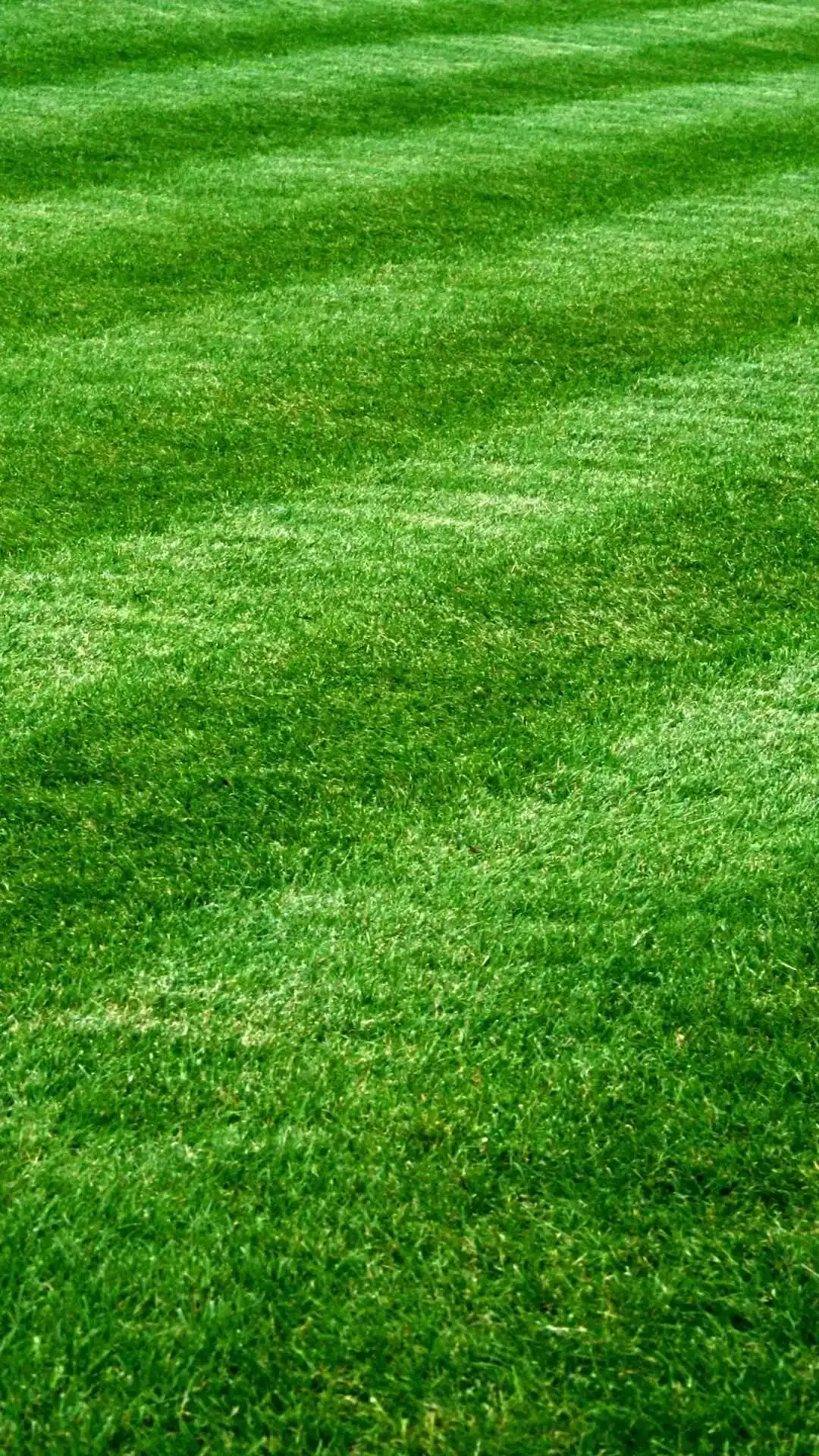
Designing a Drought-Tolerant Landscape in Petaluma: Plants, Mulch, and Water-Saving Strategies
California homeowners know the challenge: how do you keep a beautiful yard when water restrictions are a constant reality? In Petaluma, where summers are hot and dry, drought-tolerant landscaping isn’t just trendy—it’s necessary. With the right design choices, you can create a stunning outdoor space that thrives with minimal water use.
Why Drought-Tolerant Landscaping Matters in Petaluma
A traditional grass lawn consumes thousands of gallons of water each year. By shifting to drought-tolerant plants and water-wise practices, you can cut water bills, meet city conservation guidelines, and still enjoy a lush yard.
According to the U.S. Environmental Protection Agency (https://www.epa.gov/watersense), landscaping accounts for nearly 30% of household water use, making it the biggest opportunity for conservation.
Step 1: Start with Smart Plant Choices 🌵
Petaluma’s climate makes certain plants better suited for survival with little water. Some excellent options include:
California native plants like manzanita, ceanothus, and yarrow.
Succulents such as agave, aloe, and sedum.
Drought-tolerant perennials like lavender, Russian sage, and salvia.
Not only are these plants resilient, but they also attract pollinators and add year-round beauty.
Step 2: Use Mulch to Lock in Moisture
Mulch is one of the simplest water-saving tools. A 2–3 inch layer of bark, wood chips, or gravel helps:
Prevent evaporation.
Suppress weeds.
Improve soil health.
The Sonoma County Master Gardeners (https://sonomamg.ucanr.edu/) recommend mulch as a key strategy for sustainable gardening.
Step 3: Replace Lawn with Alternatives
Instead of water-hungry grass, consider:
Artificial turf.
Drought-tolerant groundcovers like creeping thyme or clover.
Decorative hardscapes with stone pathways, gravel beds, and patios.
This creates a functional, low-maintenance yard that still looks polished.
Step 4: Install Efficient Irrigation 💧
Drip irrigation systems deliver water directly to plant roots, reducing waste. Add a smart controller that adjusts watering schedules based on weather conditions. Petaluma residents may also qualify for rebates on water-efficient upgrades through the City of Petaluma Water Resources (https://cityofpetaluma.org/water-conservation/).
Step 5: Group Plants by Water Needs
Hydro-zoning means planting species with similar water requirements together. This prevents overwatering drought-tolerant plants while ensuring thirstier ones get what they need. It’s an easy way to fine-tune irrigation and save money.
Step 6: Add Shade Trees for Natural Cooling 🌳
Strategically planted shade trees reduce heat and evaporation, while making your outdoor spaces more comfortable. Regular tree trimming (https://ajyardservice.com/tree-trimming) ensures they grow safely and stay healthy.
Step 7: Maintain with Seasonal Cleanups
Even drought-tolerant yards need upkeep. Seasonal cleanup services (https://ajyardservice.com/seasonal-clean-up) remove debris, refresh mulch, and prepare your landscape for the changing seasons without overusing water.
✅ Drought-tolerant landscaping proves that water conservation and beauty can go hand-in-hand. Whether you want to swap out your lawn, add native plants, or install a drip system, AJ Yard Service (https://ajyardservice.com/contact) can help you transform your Petaluma property into a sustainable, eye-catching outdoor retreat.
